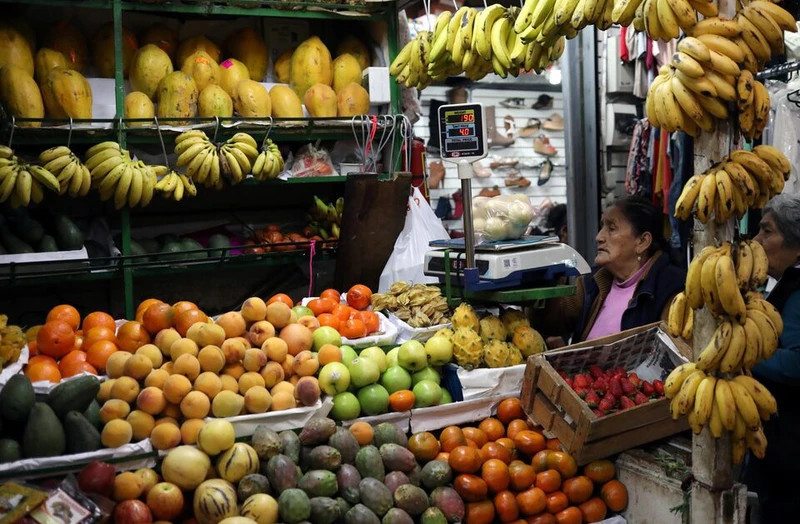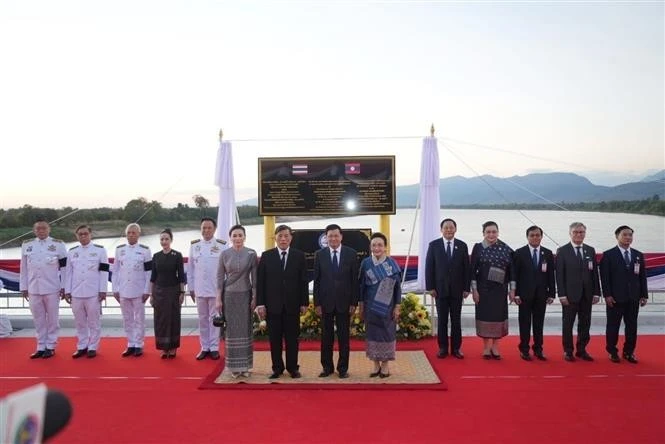This is a challenge for the region, because FDI capital has always been considered the key to helping Latin America and the Caribbean revive its sluggish economic growth, and reduce poverty and social inequality.
According to a newly published report by CEPAL, FDI inflows to Latin America and the Caribbean in 2023 reached more than 184.3 billion USD, down about 9.9% compared to 2022. The decline was attributed to FDI inflows into the region's major economies, Brazil and Mexico, which decreased by 14% and 23%, respectively. FDI inflows into Peru also dropped by 65%.
The report also showed that Chinese capital inflows into Latin America decreased significantly in 2023.
Faced with this situation, CEPAL Executive Secretary Jose Manuel Salazar-Xirinachs warned that countries in the region must not only pay attention to building policies to attract FDI but should also maintain and effectively develop FDI projects because foreign investment capital is an important factor in helping Latin America cope with a series of economic and social challenges.
Not long ago, Latin America and the Caribbean were a positive recovery example after the COVID-19 pandemic. The region has become a “magnet” that strongly attracts foreign investors.
Specifically, in 2022, the amount of FDI inflows into Latin America and the Caribbean exceeded the 200 billion USD mark for the first time in nine years. Brazil accounted for 41% of the total investment capital in the region and ranked 5th in the list of global FDI destinations.
The current decline in Latin America's FDI capital shows that the region still has a lot to do to retain foreign investors, as well as maximise FDI contributions to economic and social development. According to CEPAL, countries must pay attention to policies to promote production, train human resources, strengthen infrastructure, eliminate hunger, reduce poverty, etc.
The picture of economic growth in Latin America and the Caribbean is generally quite gloomy. According to CEPAL’s forecast, the region's Gross Domestic Product (GDP) growth in 2024 is 2.1%. Experts say that the low growth trend of the region's economy is due to the negative impact of the complicated world economic situation.
The debt burden has caused more difficulties for countries. Having to save money to pay off foreign debt has prevented countries from implementing important development priorities, such as reducing poverty, creating jobs, responding to climate change, improving health and education systems, and improving the quality of infrastructure.
The crisis caused by the COVID-19 pandemic, global conflicts and climate change have also exacerbated poverty in Latin America. According to the World Bank (WB), 1 in 4 people in Latin America and the Caribbean are poor.
In Argentina, 24.9 million people, or 55.5% of the population, lived in poverty in the first quarter of 2024. The La Nina weather phenomenon is expected to severely damage the agricultural sector in Latin America in the coming period, causing floods and droughts in different regions. The Brazilian Institute of Geography and Statistics (IBGE) estimated that the 2024 cereal harvest in Brazil, will only reach 296.8 million tons, down 5.9% compared to 2023, due to the negative impact of climate conditions.
To increase attractiveness to foreign investors, Latin America and the Caribbean must be determined to innovate, reform policies and strengthen cooperation with external partners to open up new development opportunities.
















